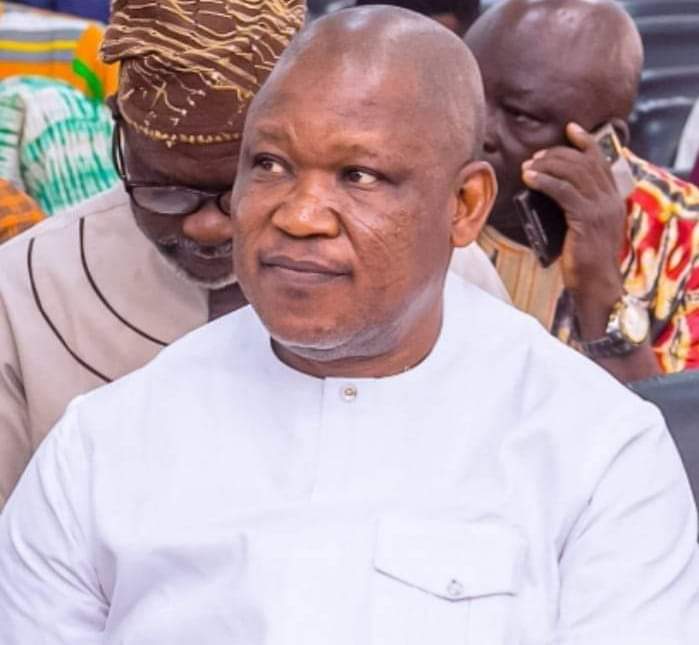

By Rachel Couper, Teddie Mandala

Global development agencies seeking to improve results are increasingly looking to diversify their stable of partners and implementers as part of a broader drive toward locally led development. In 2021, for example, U.S. Agency for International Development (USAID) Administrator Samantha Power set out a new target for direct funding to local organizations, rising from 6 percent to 25 percent over the next four years.
While the role of civil society organizations, local research institutions, the private sector, and other actors should indeed be amplified in the push for localization, international development agencies also recognize that national governments are critical to locally led development. USAID is working to “redefine their relationship” with partner governments and help develop their capacity; similarly, the U.K. Foreign, Commonwealth & Development Office (FCDO) recognizes the importance of engaging national governments to advance development objectives.

Working with national governments in this way requires effective tools and methodologies to assess government systems’ readiness and strengthen government capacity. In this article, we look at the critical factors for successfully engaging governments as partners.
Effective Engagement
Direct investment in government places funding closer to those with the potential to benefit most and—if done properly—has the potential to strengthen government service delivery systems. But with increased scrutiny on aid spending, development agencies wary of the scope for waste or even corruption are sometimes dissuaded from using country systems to manage funding. However, several mechanisms have emerged to mitigate the risks of direct investment in counterpart governments.
USAID’s government-to-government (G2G) mechanism is a case in point. The G2G approach assesses a counterpart government’s readiness to receive direct funding based on its existing operational, management, accountability, and financial systems. Following the assessment, USAID and the counterpart government develop a risk mitigation plan (often in concert with a capacity development plan) to help reduce and track emerging risks once funding flows through government systems.
In Malawi, for example, the USAID G2G mechanism has been used at the national and local levels to strengthen public financial management, while enabling the government to hire and transition more than 350 additional health professionals onto government payrolls. This investment has greatly and sustainably expanded access to care for 1.3 million Malawians.
Government as Partner: Four Critical Factors
Through DAI’s work engaging with governments as direct recipients of aid, we have identified four critical factors to enable successful government-led initiatives:

1. Secure Stakeholder Commitment
Effective development approaches will empower governments as conveners and connectors while recognizing the critical roles of civil society, donors, and advocacy organizations to hold government to account. Governments are like all organizations—employee buy-in is critical to their success. Thinking about government ministries as clients can help. Partners should have a clear understanding of the country’s public sector writ large, the unique “company culture” in a particular ministry or agency, and the nature of staff and managerial incentives. Government staff need to understand not only how an initiative will benefit their agency or community, but also how it will benefit them in their own jobs. Communicating value with openness and tact is key. Civil servants can be bombarded by programs and new initiatives from development agencies, so demonstrating how and why new initiatives will deliver value and benefit can broaden participation and support. Finally, demonstrating the impact arising from implementation will foster trust and staff loyalty toward new projects.
2. Define Common Objectives
All stakeholders should be aligned to a common development objective for which the government partner is accountable. Within the G2G framework, for example, the program workplan and the risk mitigation plan shape a common understanding between development agencies and partner governments. The workplan is co-designed at the project’s inception and outlines the main activities for funding. The risk mitigation plan is developed following a capacity assessment and supports local agencies to develop their public financial management systems. Both parties must share an understanding of risk mitigation requirements and agree how gaps will be addressed. Development partners are responsible for supporting and advising governments, rather than executing work on their behalf.
3. Agree on Milestones and Resources Required
For direct investment in partner governments to be successful, there must be broad agreement between the development agency and the counterpart government on the milestones envisaged and the resources required to achieve them. Defining this roadmap could mean defining precise “process indicators” as triggers for payment milestones (for example, X number of health care workers hired on to government payroll).
Before implementation, parties should agree on potential investments and the resources needed to achieve each milestone. For example, does a counterpart government need to invest in a new financial management package to demonstrate increased transparency?
4. Ensure Sustainable Integration of Efforts Within Government Systems
Sustainable activities and investments must be government-led and implemented, though there is room here for implementing partners to ensure sustainable integration of activities. As tenured implementers, advisors can help incrementally strengthen the capacity of governments to be direct recipients of aid, while supporting and equipping local government staff to deliver their own project objectives and ensure integration of activities (for example, into government budget lines). Governments themselves lead, manage, and maintain, and critically, integrate activities rather than advisors or development partners, ensuring efforts and activities are sustained beyond the life of the project.
As development partners seek to maximize impacts by investing more resources locally, the role of governments as direct funding recipients should not be overlooked. Stakeholder commitment, common development objectives, agreed-upon milestones, and sustainable integration of these initiatives can all work in concert to mitigate potential risks and ensure the success of development agencies’ direct investments.
Rachel Couper is a Senior Global Health Specialist in the Health Governance Practice at DAI and Teddie Mandala is a Malawi-based Government-to-Government Funding Monitoring Advisor with DAI.



